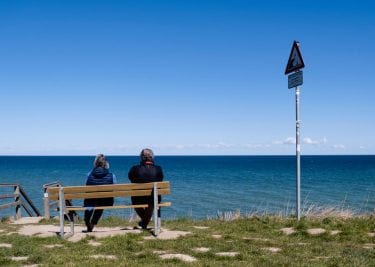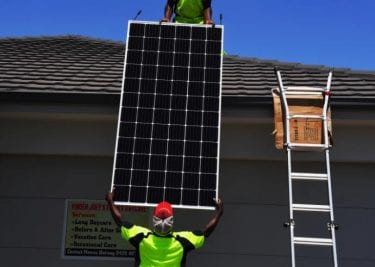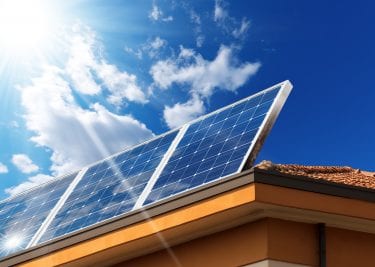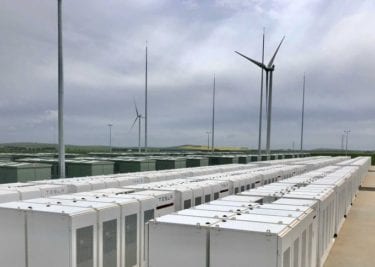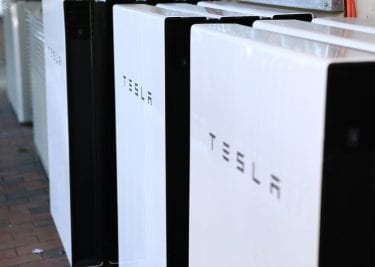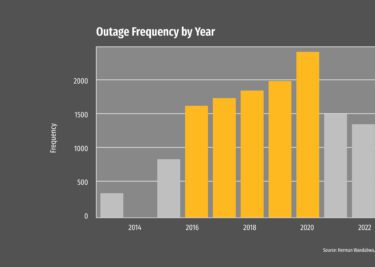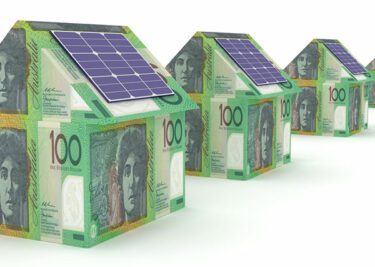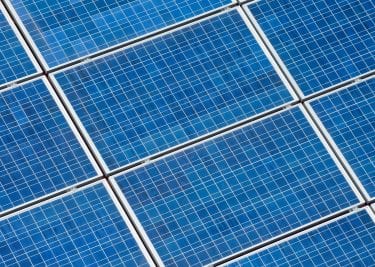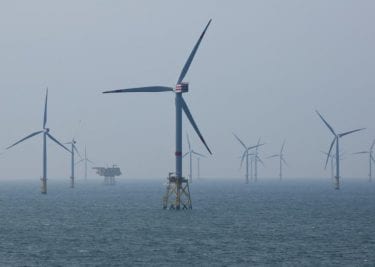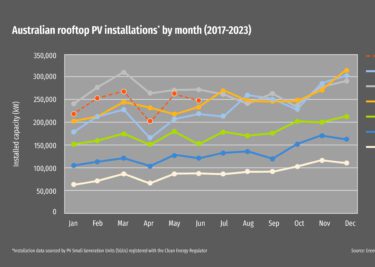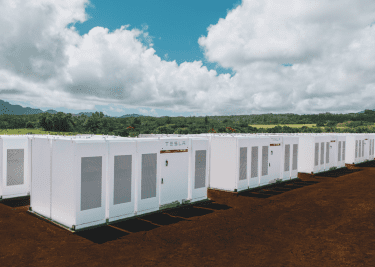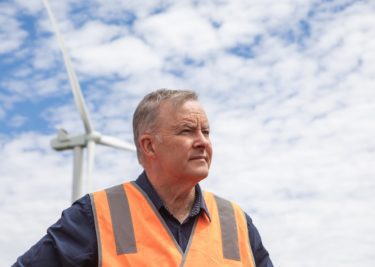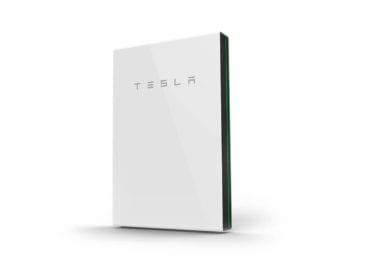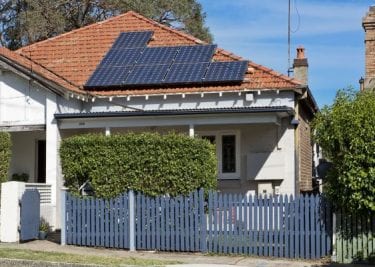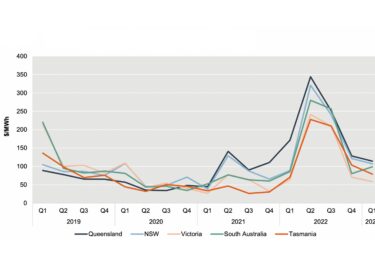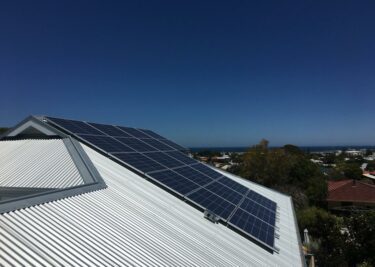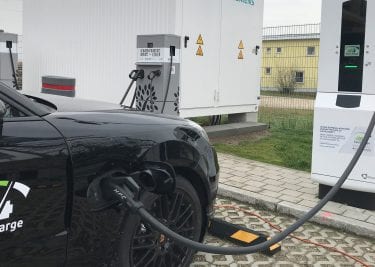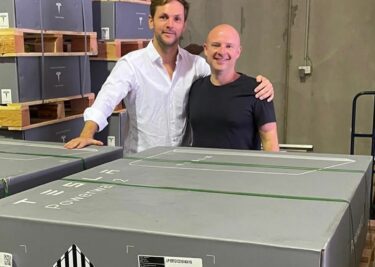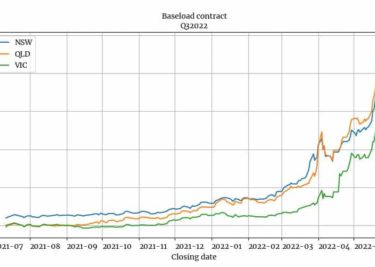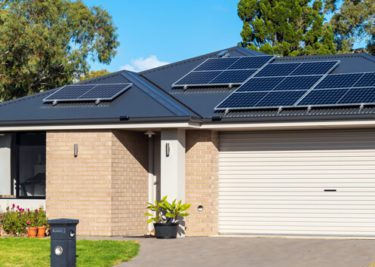As the dust settles on the historic 2022 Federal Election, there will be a heap of hot takes as to what was behind the change of government and the cohort of Teal Independents who’ve disrupted Liberal heartlands. And without wanting to add this blog to the motley crew of commentary, the results underscore an unmistakable trend of people taking power into their own hands, a trend which echoes the disruptive impact solar and battery storage has had and will continue to have long into the future.
The election result is remarkable for several reasons. The most notable is that the “Climate Wars” which have dogged Australian politics for much of the past decade have claimed a host of new casualties. In the past, the losers in the weaponised debate around effective action on emissions reductions have been Prime Ministers, generally toppled by internecine party conflict. This year, it was Liberal-party politicians in capital-city electorates.
The novelty of this shift is that where previously change was tried from the top down, in this election the changes have been made from the bottom up. The list of Liberal losses in 2022 is long and the repercussions of their exists from federal parliament may see the politics of climate in Australia change forever.
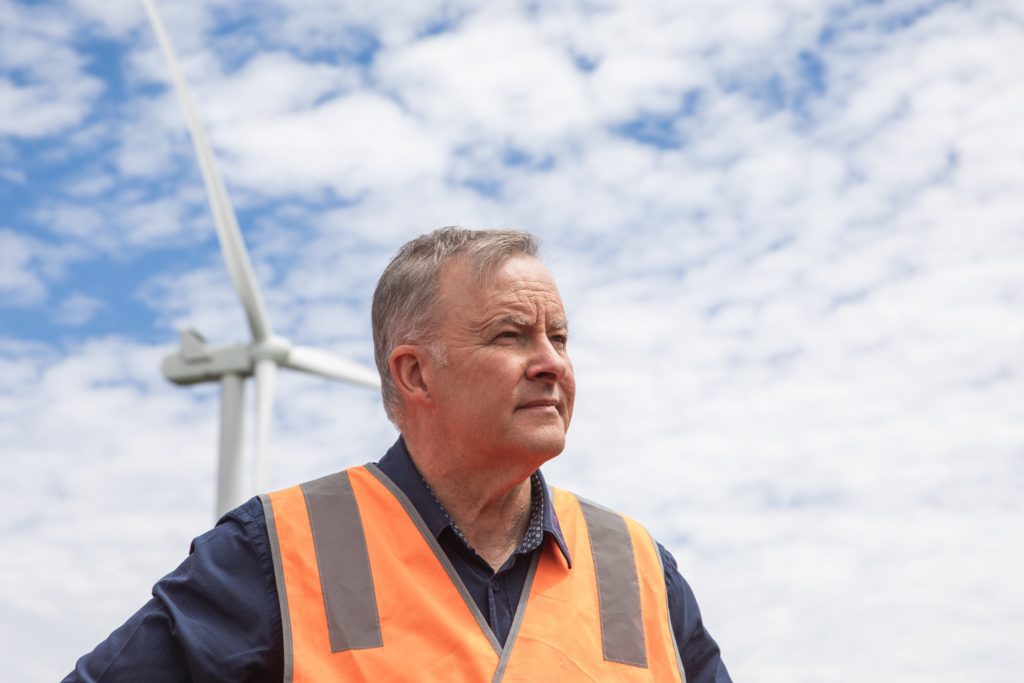
The push behind the shift
There will now be 15 cross benchers on the floor of the House of Representatives. This includes more established independent voices in federal politics like Katter’s Australian Party in rural Queensland the South Australia’s Centre Alliance, but it will also include three Greens MPs – two of which have, remarkably, come from Queensland.
The success of the Greens in the state, termed “Greensland” by the pro-environment party, has been attributed in part to grassroots organisation, which saw thousands of doors knocked, and scores of community events held in the lead up to the election. But let’s not forget the campaigning of a small army of volunteers for climate-focused Teal Independents in former Liberal-party stronghold suburbs that have seen a host of intelligent, articulate, and highly qualified women get over the line.
Established MP Zali Steggall easily retained her seat of Warringah, but new parliamentarian-elects Sophie Scamps in MacKeller, Kylea Tink in North Sydney, Allegra Spender in Wentworth, and Zoe Daniel in Goldstein will all push climate change to the top of the agenda on behalf of NSW voters. Perhaps the most high-profile scalp was claimed by Monique Ryan – who deposed treasurer and one-time energy minister Josh Frydenberg in Melbourne’s blue-ribbon seat of Kooyong. Even out west, Kate Chaney looks all but set to seize the seat of Curtin from the Liberals.
These remarkable results were powered by people unwilling to see action on climate change reduced to the predicament of a political pawn, rather than the urgent reality that it is. The 2022 Federal Election saw Australians take power for climate action into their own hands and demonstrate how communities can lead when the established political class can’t or won’t.
People power
While it may seem something of a long bow to draw, the result is similar to the way in which Australian households have got on with the job of decarbonisation through the purchase and installation of rooftop solar systems coupled with battery energy storage. Each household, by electrifying and powering themselves, by taking power into their own hands, are being the change they want to see – and now many will have parliamentarians who reflect these efforts representing their course of action in Canberra.
While there is much to be hopeful for on the back of the 2022 federal election, it’s far from clear how the dust will settle and whether heated climate debates will roar back into the headlines. However, it is plausible that after three years of decisive action, with the Labor government, the Greens, and the Teal cross-bench pushing for decarbonisation, the many doubters will realise that action to dramatically reduce carbon emissions is both empowering and effective. Like homeowners already benefiting from residential solar and storage, by burning far fewer fossil fuels and switching to renewables Australians are sure to learn that what is good for the environment can also be good for their back pocket.
Renewable energy is cheaper than fossil fuels today, and this new economic reality will only sharpen as the solar and battery industries continue to grow on the back of robust demand. People power can bring about real change, both in parliaments and within established political parties, but also as individual households make economic decisions to decarbonise their lives.
As many household solar and battery storage systems can be brought together to power a neighbourhood, city, and state, so too can the many voices in these communities result in genuine and long-lasting political change.
The “Teal Wave” suggests the power of the many could very well be entrenched in parliament in the coming years, and that’s thanks to the decision of many individual community members to get involved and make a difference. Like those solar-plus-storage households taking independent action to protect the environment and to protect themselves from surging electricity prices, the Federal Election 2022 was an example of Australians taking power into their own hands, leading to real action on climate change, and a brighter future.

